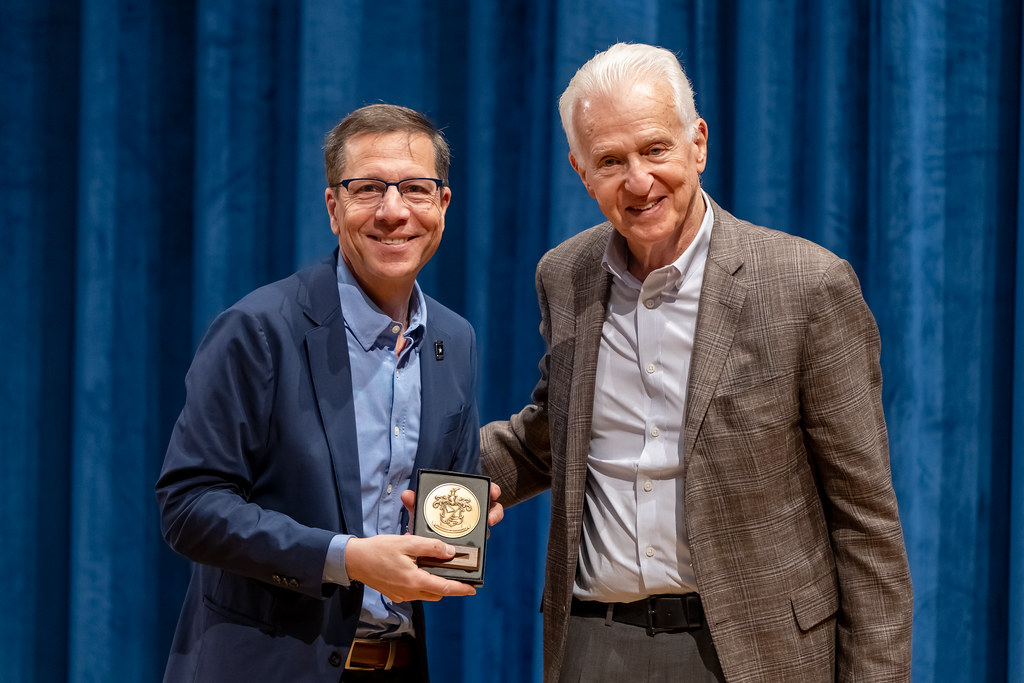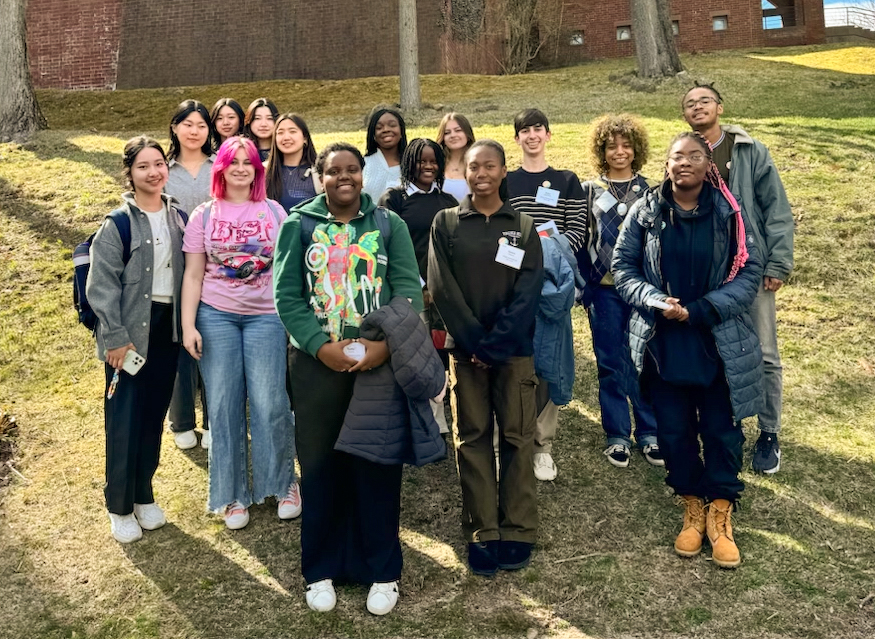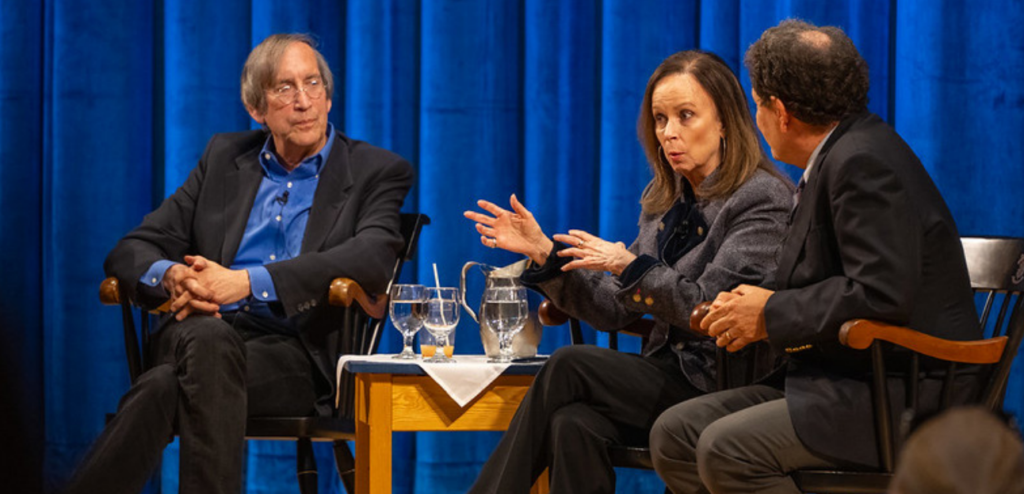Now in its third year, Choate’s annual Community Service Day has had its most prolific operation yet, with students and faculty packing over 20,000 more meals that what the school had expected. Choate students and faculty packed 170,424 meals on Friday, October 2. This year, Choate again partnered with Harvest Pack, a non-governmental organization that focuses on the distribution of well-formulated meals in needy areas of the U.S. and Haiti.
The Service Day Executive Committee, comprised of 11 students, five faculty members, and two staff members, worked with Ms. Mary Pashley, Choate’s Director of Community Service, to plan the day.
Members of the community were assigned to one of three shifts throughout the day to pack meals at the Worthington Johnson Athletic Center (WJAC). Every meal pack contained four readily available ingredients that are easy to pack, can be preserved for a long time, and require only boiling water to prepare. Regarding the meal-packing process, Bryce Wachtell ’17, a member of the event’s executive committee, commented, “It’s just phenomenal to see how the gym is completely transformed within a day. You start the day off with the gym filled with empty boxes and huge pallets of rice, but you end the day with thousands and thousands of boxes filled with neatly packaged meals.”
Along with a meal-packing shift, students were required to view Every Three Seconds, a documentary that tells five compelling stories of everyday people who took action in the fight against hunger and abject poverty. “The committee came to a unanimous decision to show this movie after watching it at the beginning of the school year,” said Ms. Pashley.
She continued, “For the last two years, we featured movies that highlighted hunger as a specific issue. But this year, we decided that we wanted to show a movie that highlighted more social justice. Since Every Three Seconds talks about social justice and depicts ordinary people solving these issues through innovative ideas, we felt that it was the right message to send to the community this year.”
Little else about the event changed. Wachtell noted, “The course of the day remained the same for the most part because we wanted to replicate the success of last year’s Service Day.”
Ms. Courtney DeStefano, an HPRSS teacher, observed, “I thought the movie was a really engaging film that helped us to get a better sense of what we’re doing. It’s one thing to hear the statistic that a person is going to die of hunger in every three seconds, but it’s another to have a visual component—a story—that makes the experience much more meaningful. You’re no longer just putting rice in a bag.”
Edie Conekin-Tooze ’19 expressed similar sentiments about the movie. “Watching this movie was definitely my favorite part of the experience. I think the movie was a good link between the work we did today and the greater community that is in need of this food. It was very motivational to learn about these people, and it made me want to get up and actually do something. It triggered something inside of me.”
In celebration of the school’s 125th anniversary, the committee also incorporated the history of community service at Choate to this year’s Service Day. Ms. Pashley said, “Choate has a history of service that is as old as the school is. We thought that John F. Kennedy’s inaugural speech about doing what you can for the country was a good message for the kids, because at some point, as they go forward in their lives, they too will be in a position where they can make a difference in the world. We hope that Service Day will inspire our students to give back to those who are less fortunate in the future. That’s a part of a full Choate education.”
Alan Luo ’18 observed, “The real takeaway from Service Day is not celebrating how much we’ve accomplished in a day, however, it’s about reflecting how much we could have done in the past and how much we can do in the future.”
On the other hand, some students offered their opinions to make the experience richer. Jack Bergantino ’18 suggested, “We should’ve done more packing within the day. Today we worked for about three hours in total, whereas on a normal class day, we spend far more time than that. Additionally, out of those three hours, we spent more time watching the documentary than actually packing food. If we had trimmed down the film to where it was relevant and spent more time packing food, we could’ve packed 300,000 meals instead of 170,000, which I believe is a significant difference.”
Ms. Pashley concluded, “When you look down from the indoor track, you see a sea of bodies wearing the same T-shirts and hair nets. Other than your nametag, everybody looks the same, and everybody feels the same. This overwhelming sense of unified, selfless purpose is what makes me excited even more for the next Service Day.”





